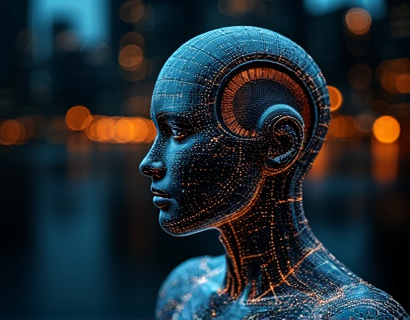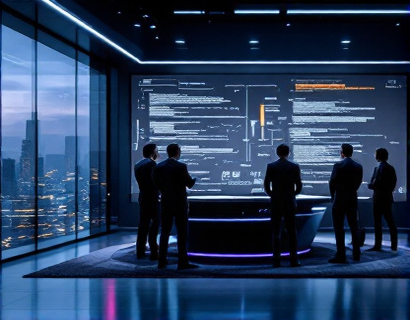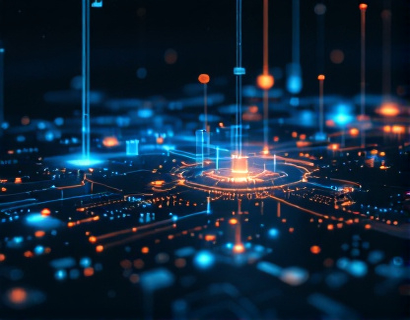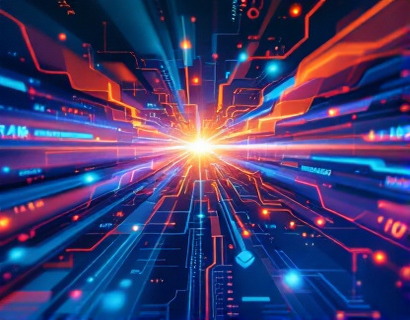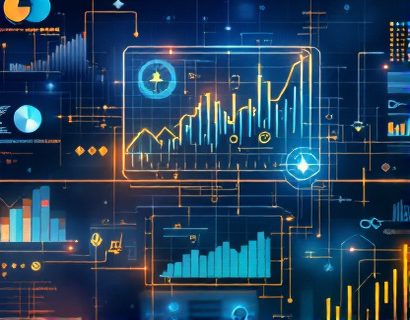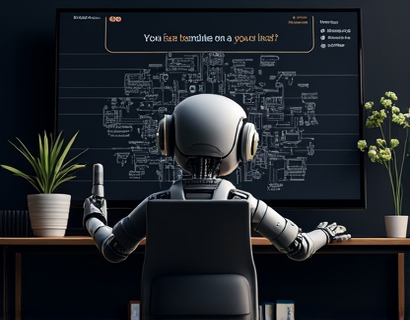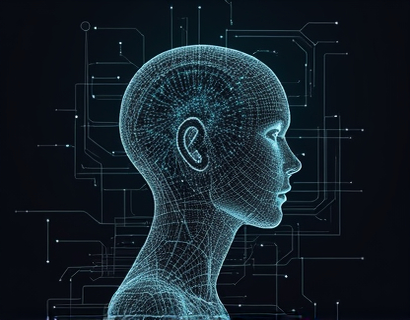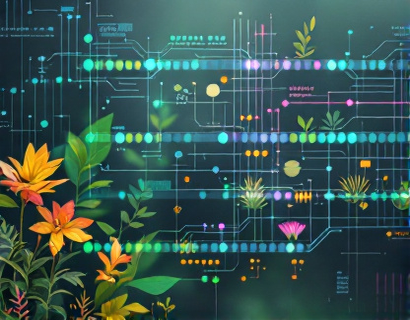AI-Powered Translation Technology: Revolutionizing Global Communication
In an increasingly interconnected world, the ability to communicate across languages has become more crucial than ever. AI-powered translation technology stands at the forefront of this revolution, offering unprecedented precision and speed in breaking down language barriers. This advanced technology is not just a tool for translators but a game-changer for businesses and individuals seeking to expand their global reach. By leveraging the power of artificial intelligence, these solutions provide accurate and efficient translations, facilitating seamless multilingual connections across various industries.
The Evolution of Translation Technology
The journey of translation technology has been marked by significant milestones. From the early days of rule-based systems to the current era of neural machine translation, the accuracy and naturalness of translations have seen dramatic improvements. Traditional methods relied heavily on predefined rules and dictionaries, often resulting in stiff and unnatural translations. The advent of machine learning and deep learning has transformed this landscape, enabling systems to learn from vast amounts of data and context, thus producing more fluent and contextually appropriate translations.
How AI-Powered Translation Works
At the core of AI-powered translation technology lies neural machine translation (NMT). Unlike traditional rule-based systems, NMT uses neural networks to understand and generate translations. These neural networks are trained on massive datasets, allowing them to capture the nuances and complexities of language. The process involves several key steps: tokenization, where text is broken down into smaller units; encoding, which converts the input text into a numerical format; and decoding, where the system generates the translated text. This approach enables the model to consider the entire sentence or context, rather than translating word by word, resulting in more accurate and natural-sounding translations.
Benefits for Businesses
For businesses, AI-powered translation technology offers a multitude of benefits. One of the most significant advantages is the ability to communicate effectively with international clients and partners. Language barriers can hinder business growth and limit market access, but with advanced translation tools, these obstacles can be overcome. Accurate and rapid translations ensure that business communications, from emails and reports to marketing materials and customer support, are conveyed without loss of meaning or intent. This enhances customer satisfaction and builds trust, crucial elements for global success.
Moreover, AI translation tools can significantly reduce the costs associated with human translation. While human translators are invaluable for nuanced and creative content, routine and high-volume translations can be efficiently handled by AI. This not only saves time but also reduces expenses, allowing businesses to allocate resources more effectively. The scalability of AI-powered solutions means that companies can easily adjust their translation needs as their global presence expands.
Enhancing Individual Communication
Individuals too can benefit immensely from AI-powered translation technology. Travelers, students, and professionals frequently encounter language barriers in their personal and professional lives. With real-time translation apps and tools, these individuals can communicate more effectively, breaking down barriers and enriching their experiences. Whether it's reading foreign texts, engaging in conversations, or navigating unfamiliar places, AI translation makes it easier to connect with people from different linguistic backgrounds.
For language learners, AI translation tools serve as valuable aids. These tools not only help in understanding foreign languages but also in practicing and improving their own language skills. By providing instant feedback and corrections, AI translation technology accelerates the learning process, making it more accessible and efficient.
Industry-Specific Applications
The impact of AI-powered translation extends across various industries, each with its unique communication challenges. In the healthcare sector, accurate translation is critical for patient care and safety. Medical documents, patient records, and patient-doctor communications require precision to ensure that vital information is conveyed correctly. AI translation tools can help bridge the gap, enabling healthcare providers to serve diverse populations more effectively.
In the legal field, the stakes are even higher. Legal documents and contracts must be translated with utmost accuracy to avoid any misinterpretation that could lead to legal issues. AI-powered translation solutions can assist legal professionals by providing reliable and consistent translations, saving time and reducing the risk of errors.
The tourism and hospitality industry also benefits greatly from AI translation. Travel guides, hotel information, and customer service interactions can be seamlessly translated, enhancing the guest experience and ensuring that visitors have a smooth and enjoyable stay. This not only improves customer satisfaction but also promotes cultural exchange and understanding.
Challenges and Limitations
Despite its numerous advantages, AI-powered translation technology is not without challenges. One of the primary concerns is the accuracy of translations, especially for low-resource languages with limited data. While NMT has made significant strides, certain languages and dialects may still face translation gaps. Additionally, nuances such as idioms, humor, and cultural references can be difficult for AI to capture, potentially leading to misinterpretations.
Another challenge is the context sensitivity of translations. AI models, while advanced, may sometimes struggle with context-specific meanings, leading to translations that lack the intended tone or nuance. Continuous improvement and fine-tuning of these models are essential to address these issues and enhance the overall quality of translations.
Future Prospects
The future of AI-powered translation technology looks promising. As machine learning algorithms continue to evolve, we can expect even greater accuracy and naturalness in translations. The integration of multimodal data, such as images and videos, into translation models could further enhance context understanding and translation quality. Additionally, the development of more specialized models for specific industries and domains will cater to the unique translation needs of various sectors.
The rise of real-time translation in live conversations, powered by advancements in speech recognition and natural language processing, is another exciting frontier. This technology has the potential to revolutionize real-time communication, making it possible for people to converse in different languages without the need for intermediate translation steps.
Conclusion
AI-powered translation technology is transforming the way we communicate globally. By breaking down language barriers, it opens up new opportunities for businesses and individuals to connect, collaborate, and thrive in a multilingual world. While challenges remain, the continuous advancements in this field promise a future where language is no longer a barrier to understanding and cooperation. Embracing these tools can significantly enhance global interactions, fostering a more connected and inclusive world.




